A review of methods that can be applied to study the control of proliferation (and the proliferative hierarchy, especially the role of the elusive stem cells) in a wide variety of animal models.
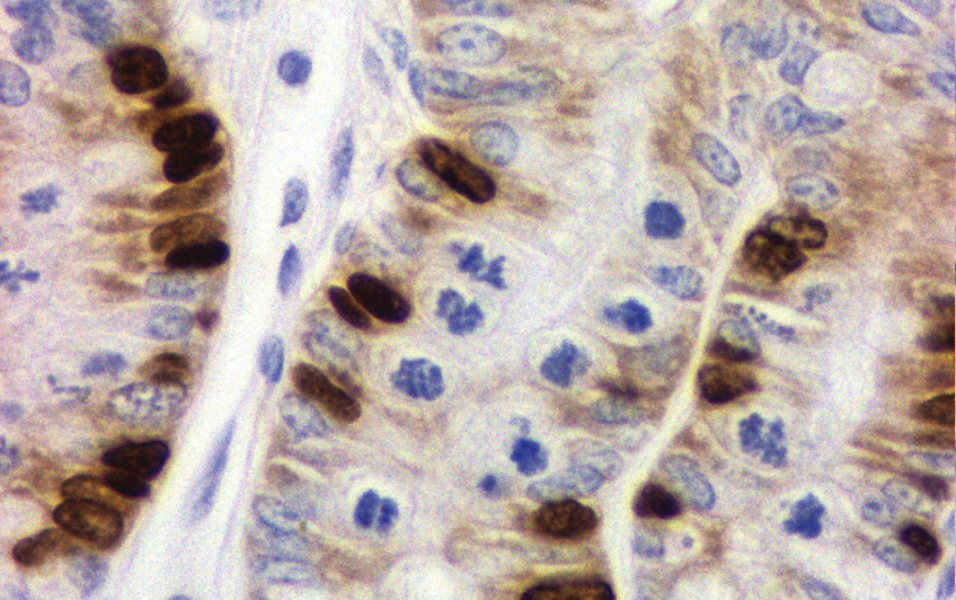

A review of methods that can be applied to study the control of proliferation (and the proliferative hierarchy, especially the role of the elusive stem cells) in a wide variety of animal models.
Topography of plant virus nanoparticles has been shown to influence osteogenesis of bone derived mesenchymal stem cells.
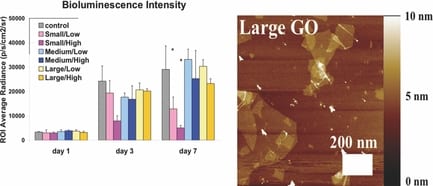
A team from Stanford University has investigated the effects of graphite oxide nanoparticles on mouse embryonic stem cells.
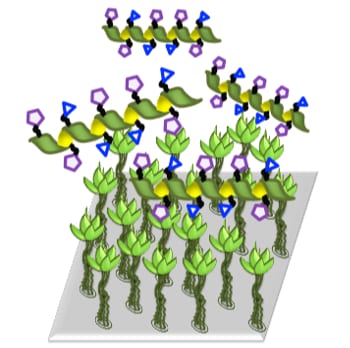
A precisely designed macromolecule that mimics the binding of HIV to immune system cells could be used to stop the virus from physically entering the body.

Regular blood donation may reduce preleukemic changes in blood cells, promoting health benefits and helping blood cells respond to stress over time.
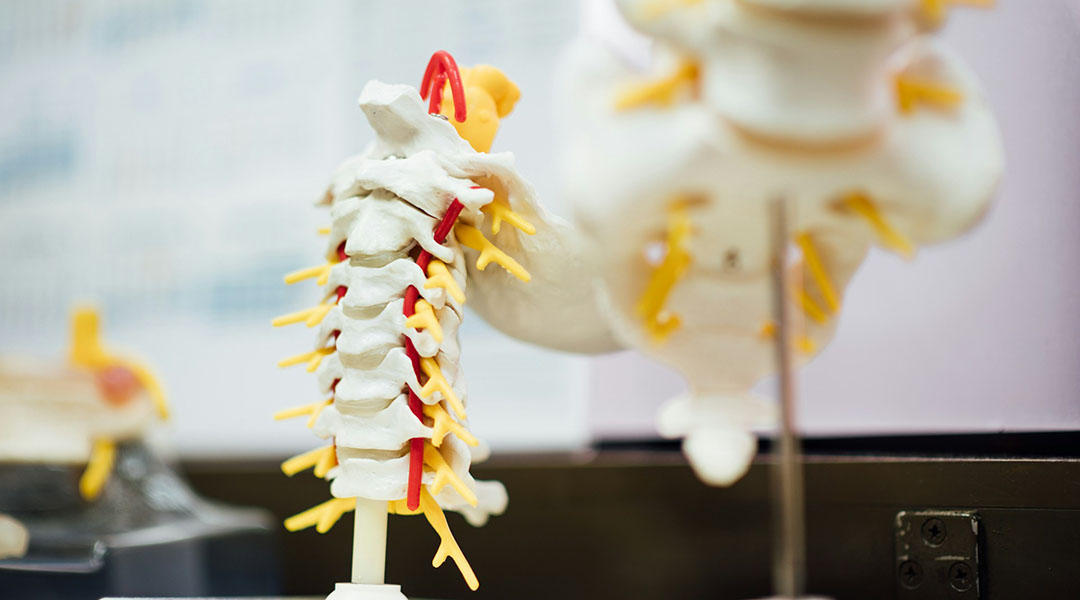
Scavenging harmful reactive oxygen species, this new biomaterial reduces inflammation and promotes nerve regeneration in spinal cord injury.

Recreating the material that surrounds cells, Loebel aims to better understand cell memory and its role in disease development.

Study shows that starting exercise early helps condition cells to preserve motor neurons before age-related loss.
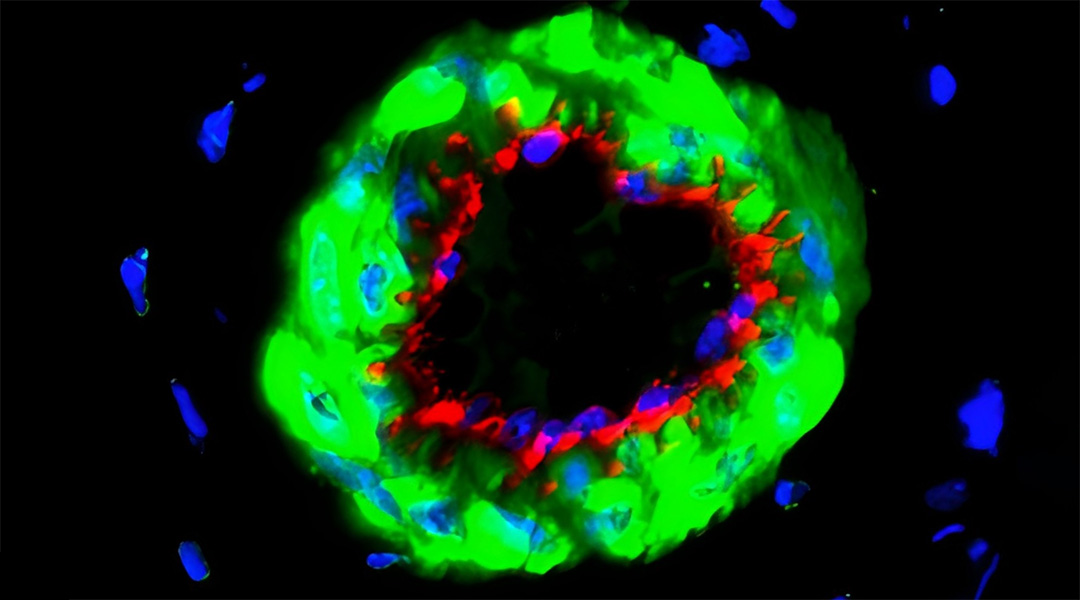
This safer, non-surgical treatment for diabetic limb ischemia could help patients with severe blood flow complications.

A new biomaterial shows unprecedented success at eliminating bacteria that cause bone infections and promote the regrowth of injured bones.